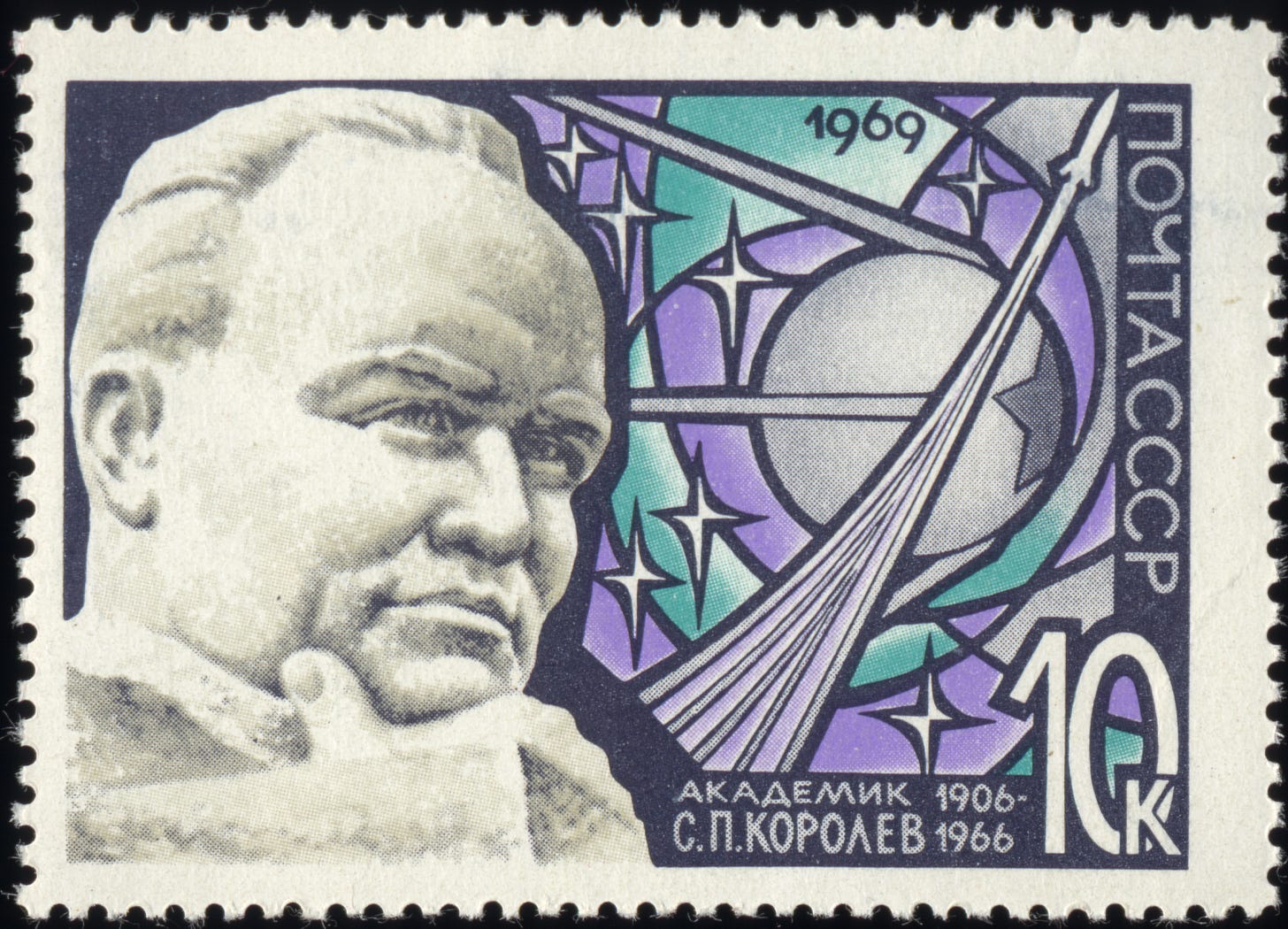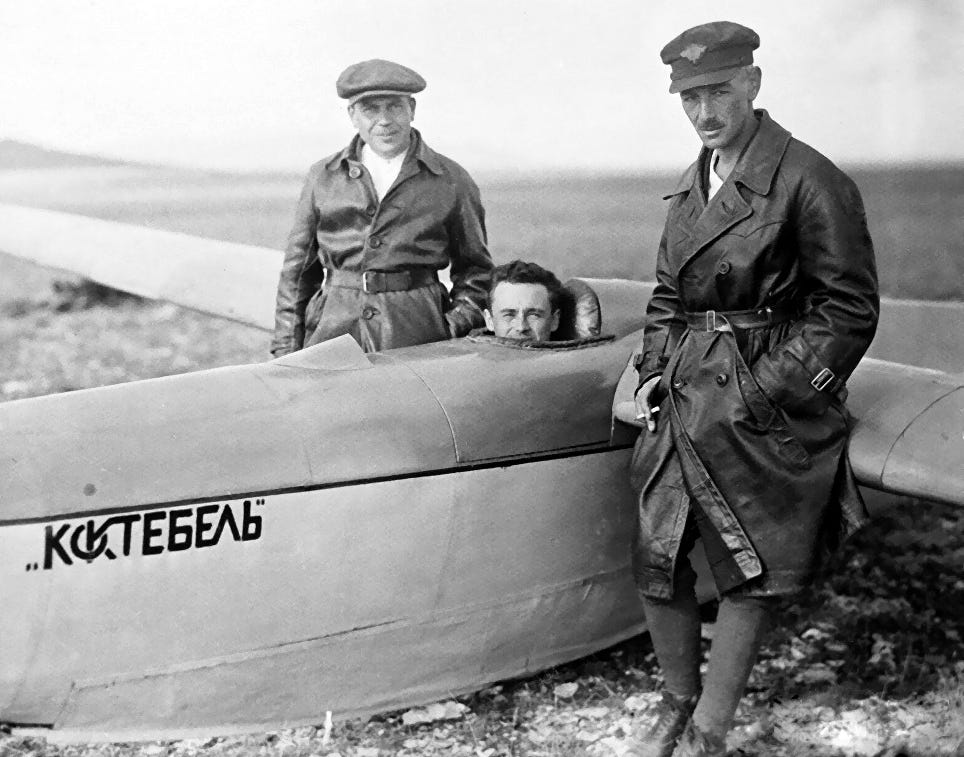11. THE CHIEF DESIGNER
As I write this, it has been 68 years since the world was startled by the beeping signal from space – Sputnik 1, launched on October 4, 1957. It caught the world by surprise, being the first artificial satellite ever put in earth orbit. It was a signature moment in the space age that had been ushered in by Robert Goddard.
But it was not an American first. It was a distinct achievement for the Soviet Union. It was a design initially created by Sergei Korolev, co-founder of Russia’s Group for the Study of Reactive Motion (GIRD) in 1931. Georg Arthur Constantin Friedrich Zander, the group’s co-founder, had developed the first Russian liquid fuel rocket. Decades later, Soviet space exploration reached its golden age. But outside of the Soviet Space Agency, no one knew who had actually designed the spacecraft that first put Sputnik in orbit.
In fact, the designer’s identity was a carefully kept state secret. He was known only as The Chief Designer. He was a man without a name. The Soviets felt they had good reason to keep his identity under cover. They feared that he might be assassinated by operatives from the American CIA. This man’s story, and his identity, would only come to light after his death in 1966.
The Chief Designer, remembered on a 1969 postage stamp. — Public Domain
Sergei Korolev in the cockpit of a glider. — Public Domain
Sergei Pavlovich Korolev was born on January 12, 1907 in Zhytomyr, Ukraine. The son of a Russian literature teacher, he grew up fascinated by the new science of flight. He designed a glider when he was seventeen.
He was homeschooled at one point in his life. Then he received vocational training in carpentry and academics at the Odessa Building Trades School. He never lost his fascination with flying, however, and nurtured it as he entered the Kiev Polytechnic Institution, taking up sports gliding.
His mother was a teacher, his stepfather was an engineer and a mechanic. Throughout his education. Korolev nurtured his fascination with knowledge and practical application. Young Sergei graduated from the Kiev Polytechnic Institute and continued on to the University of Moscow. He was admitted into Bauman Moscow State Technical University, focusing on aircraft design. He was mentored by Andrei Nikolayevich Tupolev, who was a pioneer airplane designer in Russia.
When he graduated in 1930, his interest was now focused on rocket propulsion. He co-founded the Group for Investigation of Reactive Motion (GIRD) and was part the team that developed the first Russian liquid fueled rockets. The group was taken over by the military in 1933 and became known as RNII, the official center for research and the development of missiles and rocket-powered gliders. Korolev was in charge of aerospace structures while his colleague, Valentin Glushko, was responsible for propulsion systems.
In 1938, during the purges of Joseph Stalin, Korolev was arrested on trumped-up charges of sabotage. Glushko, in order to protect himself from a similar fate, testified against his colleague. Sentenced to ten years of hard labor, Sergei was forced off to the Gulag. He was terribly mistreated, beaten mercilessly. His jaw was irreparably broken. His teeth were knocked out. This pioneer of Russian aviation and space technology disappeared into that cruel system that devoured those condemned to it.
But he had set in motion a brilliant path of technical progress for Russian space ambitions. We shall continue with that story in future chapters.







